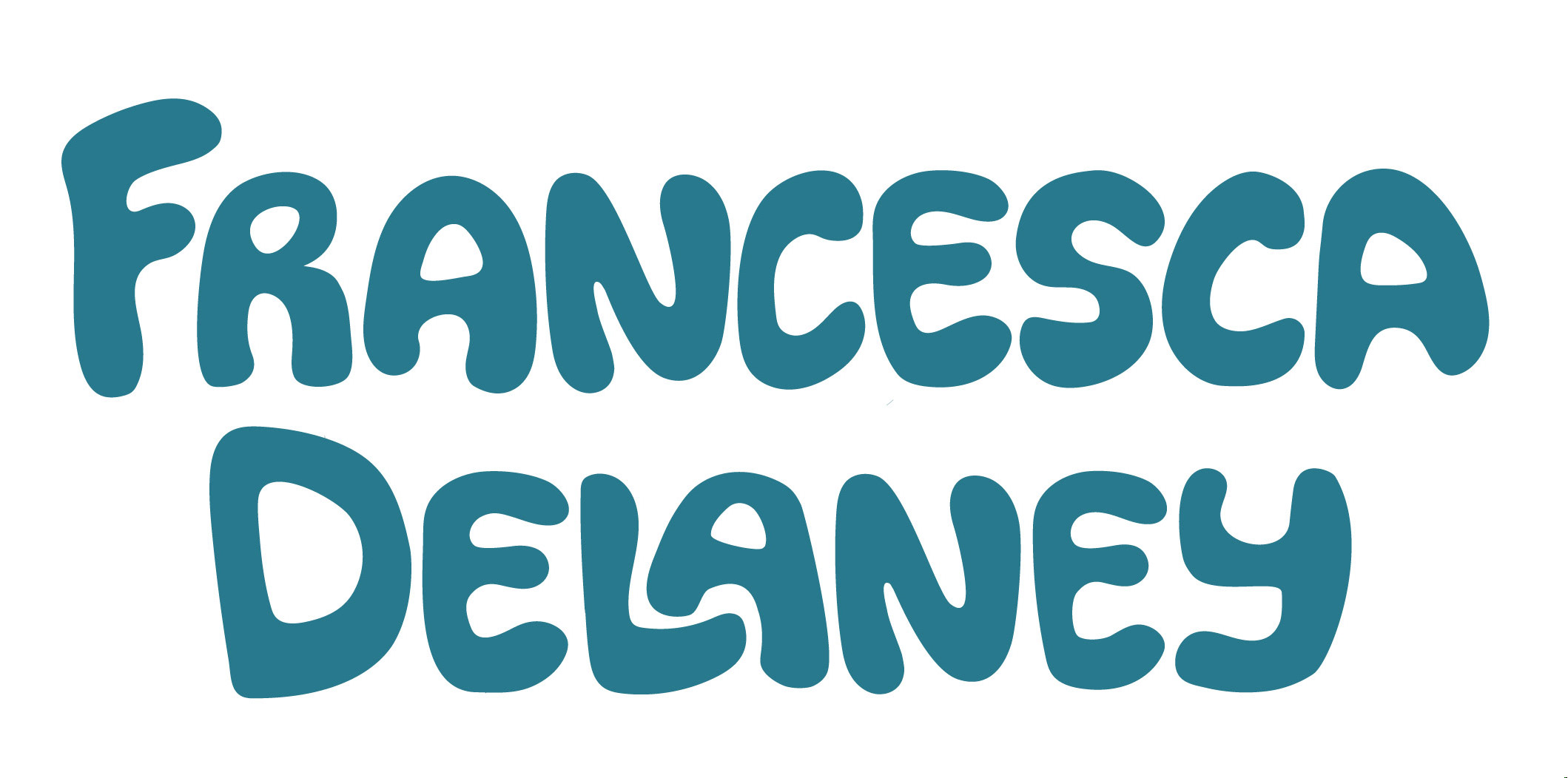Brief
The Strong National Museum of Play and the SSA Group challenged our class to create a FUNDLE package for their gift shop, a package that holds multiple objects and has a secondary use once unpacked. I worked in a group with Lexie Mancuso (Graphic Design major), Liam Huff (Industrial Design major), and Herman Chen (Industrial Design major) to create this concept. I worked primarily on the board game aspect.
Out of eight groups, our concept was chosen as the best by a jury of six professionals.
Concept
We decided a board game would be a fun activity that would have a lot of replay value and could spark interest in The Strong Monopoly game that the gift shop already sells. We wanted to incorporate aspects of the museum into the secondary use of the package. For the actual packaging, we decided a shopping bag would be best because of its versatility.
Main Goals
1. Create an interactive game for all ages
2. Represent locations in the museum
2. Represent locations in the museum
3. Fun and engaging experience
Research & Inspiration
We took a trip to the museum to survey the most impactful exhibits to draw inspiration from. One of the first exhibits guests interact with is the Rainbow Reef & Digital Aquarium where they can color a fish and add it to the aquarium. A very classic and nostalgic exhibit of The Strong is Reading Adventureland, which is described as a life-size pop-up book. The Strong Museum is also the home of the National Toy Hall of Fame, one of inducted toys being the rubber duck.
Board Game Story
The Strong Rubber Ducky has been kidnapped by pirates! Start at the Rainbow Reef and end at the Pirate Ship in Reading Adventureland. The first player to get to the end to save him wins!
Board Process
I worked on getting the board to work functionally and aesthetically. Herman and I worked on the pop-ups to make sure they folded correctly and matched the board illustrations. We came up with fun rules like if you get caught by the octopus or in the shark's mouth you lose a turn and if you land on the pirate spot, you have to walk the plank!
Accessibility in Gameplay
Inspired by Candy Land, the players move along the path based on color. However, if someone is colorblind, they would have a hard time playing. I paired each color with a shape so everyone can play, have more learning opportunities, and have repeat play based on color or shape. The fish game pieces are also colorable, a callback to the exhibit, and so they can be customized for recognition. I included Spanish to make the game more accessible to a wider audience. It can also be an opportunity for language learning.
Exterior Packaging
We chose to create a bag because it can fit more items, is easy to carry and load, and has a low barrier to entry due to its familiarity. The board is attached to the inside which is removed before playing. All the game pieces are paperboard and popped out of the body of the bag.
